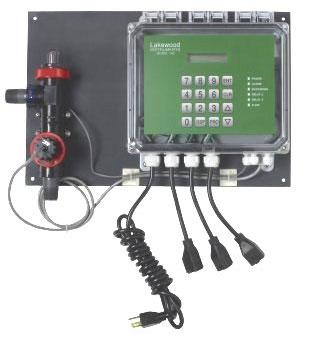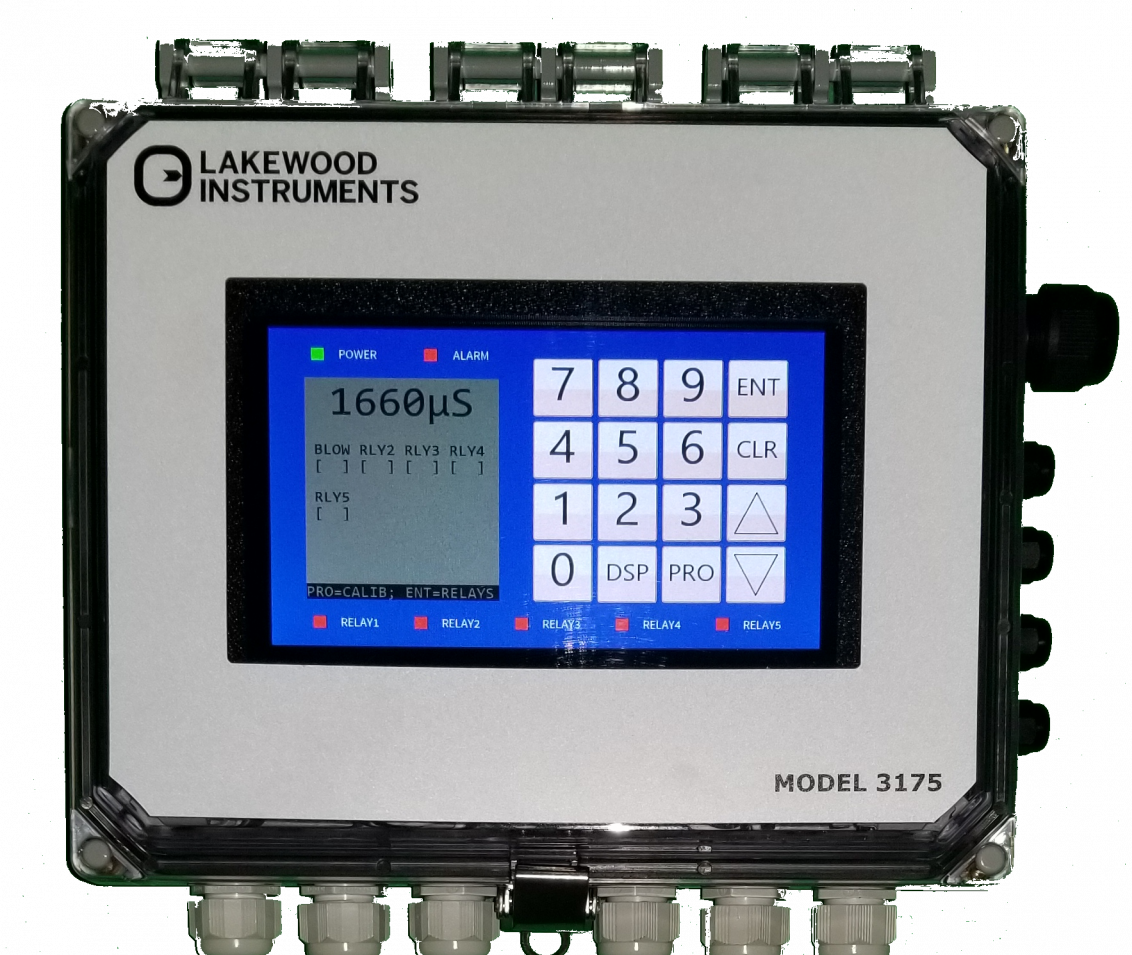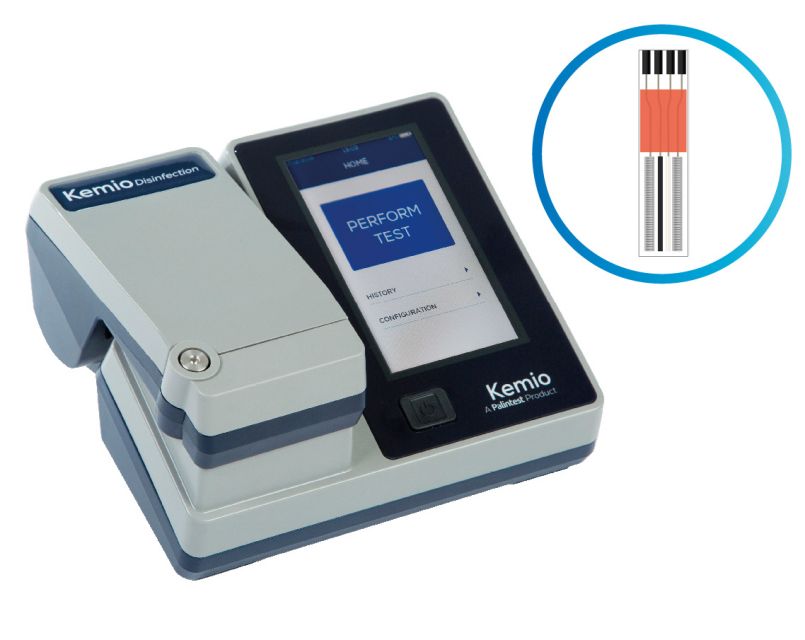Chemicals dosing pumps selection basics
January 11, 2016 0 Comments

Dosing chemicals safely and accurately is a serious business. Chemicals are not only very expensive but dangerous and can greatly impact the performance of the processes into which they are applied. There are many factors impacting the installation cost and, the operation and maintenance of the pumps. Some of these factors are: system pressure, feed rate, chemical compatibility, installation location, number of components, controls and reliability.
If you are a very experience professional commercializing chemicals, it is only natural that you know which pump to use, how to install it and how to operate it. Unfortunately we are not all professionals selling chemicals. Most of us are just users of such chemicals and the purchase and application of them is only a small part of our responsibilities. For people like me, the metering pump is only an afterthought and, in many occasions a headache.
We are too busy and don’t want to have to deal with a sales person trying to upselling their products. At the same time we don’t have the time or resources to become experts in metering pumps. All we want is an easy to install, operate and maintain pump. We want to buy it, quickly install it, calibrate and move on. We don’t want to go through hoops to repair/maintain the pump and, we don’t want to have to repair the pump very often. Also, even if we do have to repair the pump, we want it to be easy and fast.
That is why you want to look for a pump built with materials that are compatible with the most of the chemicals, like; PTFE (Teflon) and PVDF. You can go down the road of using lower cost materials but, you are increasing the chance of failure and leaks as the materials are attacked by the chemical.

Select a pump that can pump into pressures higher than the one you require. This will reduce the risk of failure and will provide room for adjustments and changes. Make sure the pump will operate around the mid range of the feed rate, placing the average Gallons per Hour to be fed right in the middle of the pump's capacity at the desired pressure.
Choose a pump that facilitates its operation, like speed control only and easy to use knob and buttons. The more controls and switches, the harder will be to make sure it operates correctly. Also, no matter what everybody says, more options to adjust not necessarily means better operation. As we always say; more parts means more chances for failure.
Finally, you want to make sure the parts subject to the highest stress (diaphragm) are made with the best possible materials, like PTFE, as they will last longer and will be compatible with more chemicals. PTFE is a very strong material and has great mechanical strength, which makes it hard to work with. That is why the most of the pumps only coat a rubber diaphragm with PTFE. The rubber will fail way before the Teflon (PTFE) fails. Choose a pump with a solid PTFE diaphragm.
Also, we like to make sure the pumps are installed away from the floor, as it facilitates the washing and cleaning without compromising the integrity of the pump. That is way is better to install the pumps on a wall or panel. Make sure that you get easy access to both the controls and the wet parts, as you will have to work on them sooner or later. If you can find a pump that is ready to be installed on a wall, without extra parts, buy it. It will save you space and installation/maintenance time.
You don’t need to be an expert in pumps to select the correct one and safely and accurately operate it. Follow you instincts and buy a simple and of good quality pump, following our recommendations. Price could be misleading; cheaper is not better and expensive is not giving you a better pump.
Signup to receive our newsletters, articles and special offers!
Also in Blog

Advanced Cooling Tower Management: Enhancing Efficiency with Lakewood Model 140
February 28, 2024 0 Comments

Optimizing Cooling Tower Performance: Understanding Efficiency, Maintenance, and Water Quality Management
February 28, 2024 0 Comments

Revolutionizing Water Analysis: Everything You Need to Know About the Kemio KEM10DIS
April 19, 2023 0 Comments

